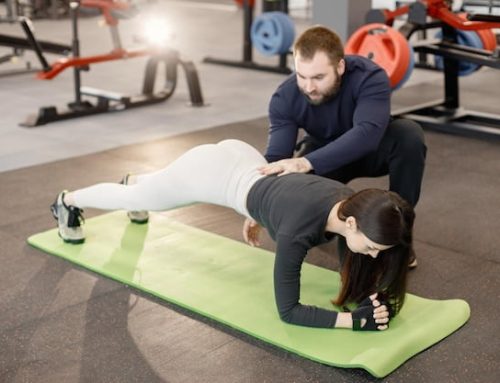The Importance of Power Training in Sports
Athletes in various sports require different types of training specific to their sport. For example, a marathon runner’s training program will differ significantly from a football player. One type of training that is beneficial for many athletes is power training.
What is Power Training?
Power training is a type of exercise that aims to increase the ability to generate force quickly, also known as explosive power. This type of training involves using weights, resistance bands, or bodyweight exercises to improve strength, speed, and quickness.
Which Sports Use Power Training?
Many sports require athletes to generate explosive power in their movements, making power training a crucial part of their training program. Below are some sports that use power training:
| Sport | Description |
|---|---|
| Basketball | Basketball players require explosive power in their jumps and sprints. |
| Football | Football players require explosive power in their tackles, jumps, and sprints. |
| Gymnastics | Gymnasts require explosive power in their jumps, flips, and twists. |
| Track and Field | Track and field athletes require explosive power in their sprints, jumps, and throws. |
| Weightlifting | Weightlifters require explosive power in their lifts. |
The Benefits of Power Training
Power training has numerous benefits for athletes. Some of these benefits include:
Increased Speed
Power training helps increase speed by improving the athlete’s ability to generate force quickly. This is especially beneficial for sports that require sprinting or quick changes of direction.
Improved Strength
Power training is an effective way to build strength. This type of training puts a significant amount of stress on the muscles, forcing them to adapt and become stronger.
Enhanced Explosiveness
Explosiveness is the ability to generate force quickly. Power training improves an athlete’s explosiveness by improving their ability to generate force in a short amount of time.
Reduced Risk of Injury
Power training helps strengthen the muscles and joints, which can reduce the risk of injury. Stronger muscles and joints are better able to withstand the stress that is put on them during athletic activity.
Types of Power Training
There are several types of power training that athletes can incorporate into their training program. Some of these include:
Plyometrics
Plyometrics involves explosive movements that help improve an athlete’s ability to generate force quickly. Examples of plyometric exercises include box jumps, jump lunges, and bounding.
Olympic Lifts
Olympic lifts are a type of weightlifting that involves explosive movements. These lifts include the snatch, clean and jerk, and power clean. Olympic lifts are typically performed with a barbell, but they can also be done with dumbbells or kettlebells.
Resistance Band Training
Resistance band training involves using elastic bands to provide resistance during exercises. This type of training is beneficial for athletes because it allows them to focus on explosive movements without putting as much stress on their joints and muscles as traditional weightlifting.
Conclusion
Power training is an essential component of any athlete’s training program, as it helps improve explosiveness, speed, strength, and reduces the risk of injury. Athletes in many sports can benefit from incorporating power training into their training regimen. There are several types of power training, including plyometrics, Olympic lifts, and resistance band training, that athletes can choose from to improve their performance.






